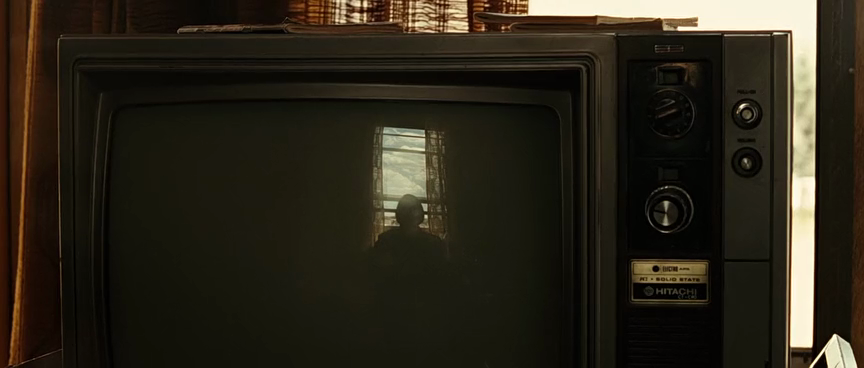|
My latest book chapter is out through Routledge in a collection titled The Western in the Global South, edited by MaryEllen Higgins, Rita Keresztesi and Dayna Oscherwitz. While the book surveys the global tour of the Western through other national cinemas, my chapter brings the Western back home, where it is hardly recognizable anymore. I explore how two revisionist Westerns--No Country for Old Men and Three Burials of Melquiades Estrada—critique the genre’s history of warping American subjectivities. Both films expose the genre's formal tendency to refract the Other through heroic, white male point-of-view. The films' real politics are expressed in brief vignettes that take place in the margins of their narratives, through their protagonists’ (non)encounter with the Other.
More often than not, a couch scene of some description shows up in my work. No Country for Old Men’s trope on the couch is scintillating. The couch seats each of the three protagonists in a series of missed encounters, reminding the viewer that this film is about people propelled by myths, dreams, schemes, with little regard for day-to-day, fleshy reality. Moreover, the couch is the space where each character, wittingly or not, sits down and absorbs the virtual body of their predecessor. Couches hold impressions of our bodily masses, our smells, our shed skin, our spilled pennies. Sit on a person’s couch and you’ll somehow know them better. |
The Disinterred Western: Thwarting Fables at the Border in
Three Burials of Melquiades Estrada and No Country for Old Men |






